Power in the form of gas and electricity is likely to become extremely limited if not cut off completely in a disaster situation. Wood would be, as it always has, one of the primary means of heating your home, cooking your food, and building shelters on the go or re-fortifying your home.
In fact, many of us already already use wood for heating or cooking. The supply of wood around the world is decreasing and prices for lumber are on the rise.
Here on Survivopedia, we’ve featured an article on which types of trees or wood are best used for burning, carving, and making survival weapons. We’ve also discussed the value of wood stoves, furnaces, and fireplaces for heating your home for survival. Considering our previous post about using wood to run your car, it’s obvious that we need to delve into the practice of woodcutting and splitting your own wood.
Best Wood For Burning
To recap, there are certain types of trees that are more suitable for burning than others. This applies for both heating and cooking purposes. Dense hardwood trees burn longer and more consistently than softwoods. Softwood trees, like varieties of pine, are likely to have pockets of sap or air that can burst and spread fires to unwanted areas. Among the best trees for wood burning are:
- Elm
- Hickory
- Oak
- Beech
- Birch
- Ash
- Mesquite
- Locust
Certain types of wood are often preferred for cooking. Mesquite and hickory give BBQ meats their smoky quality, while apple and cherry wood infuse their fruity aromas into the food being cooked.
Woodcutting Before and After SHTF
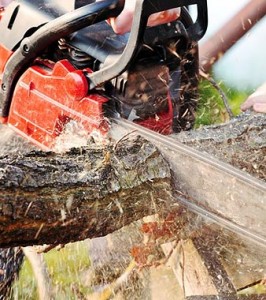
You’d be better off with two chainsaws, as amateur cutters especially are prone to getting the blade pinched in a trunk. If you can afford it, go top of the line, as you’re paying for quality and dependability.
Chainsaws somewhere in the range of 50 and 60 cc are typically suitable for most wood cutting needs.
Take into consideration that a lot of the work you’ll be doing is limbing and cutting pre-fallen trees. Big heavy saws are hard to work and tire you out easily. Accordingly, when you are cutting down a standing tree, a well-sharpened blade typically compensates for a lack of substantial power. As a safety measure, you should always wear chaps, a helmet, eye protection, and earmuffs when operating a chainsaw.
Using a chainsaw post-SHTF will have some drawbacks. The first obvious drawback will be the lack of sustainable fuel, unless you’ve already got that covered in the form of substantial stores or homemade alcohol fuel. Then you have to take into consideration the amount of sound a chainsaw generates.
If society breaks down and stops all the hustle and bustle, the sound of a chainsaw will be heard from quite far away. The attention you bring could be a friendly prepper looking to trade for firewood, or a foe that could want to take what you have.
Therefore, handsaws and felling axes are invaluable tools for cuttings your own wood. One-man timber saws have been used for over a century and are responsible for cutting the wood that’s built massive amounts of infrastructure, some that still stands today.
As with any hands on skill, the best way to learn how to manually cut wood is by doing it yourself, preferably with help of someone experienced. There are instructional books and guides out there that can teach you the basics of safety and operation, but you’ll only learn how to chop down a tree by chopping down a tree.
Splitting Wood
Splitting wood is relatively straightforward. All you need is a good maul and a chunk of pre-chopped wood and you’re ready to start swinging.
As is the case with chainsaws, bigger isn’t necessarily better in a maul. A 6-8-pound maul is more than enough to split most commonly found hardwoods. And when it comes down to it, the velocity of your swing is more important than the weight of the tool.
Handle length is an important factor, as too short a handle could cause you to swing off-course and injure yourself.
A wood splitting maul doesn’t need to be sharpened like a fireman’s axe either. An edge too sharp is actually more likely to get stuck in the wood being split, if not the stump its being split on. A slightly duller edge serves to ‘crack’ the wood with the force of your swing into burnable sections.
Video first seen on wimp.com.
A Few Tips for Splitting Wood
- Slightly wet wood splits easier than dry wood – soaked wood is more likely to be rotten or disintegrate on contact.
- Use an old, wide-threaded tire to secure your logs in place to split – this allows you to continue splitting the wood until finished without having to constantly readjust or pick up each individual section.
- Size your splits so they fit and burn best in your burner, furnace, or fireplace.
Freshly split wood isn’t immediately ready for the burner. Wood needs to be dried and seasoned properly to be safe and effective for heating and cooking. A freshly cut free will likely have a moisture content of at least 50%, whereas firewood ready for burning will be around 15-20%.
As you would suppose, wood with high moisture content is difficult to ignite, does not give off much heat, and can cause buildup in your chimney or exhaust.
To effectively dry and season split wood, line your portions in straight rows in an area with exposure to the sun and wind. If it looks like it’s going to rain, make sure to cover them with a tarp or under a structure, otherwise you defeat the purpose.
Every type of wood takes a different length of time to reduce its content of moisture to a level suitable for burning. For best results, hardwoods should be left to season for an entire year, if not more. However, many types of wood can be cut and split in the spring and are ready for burning by late fall or winter.



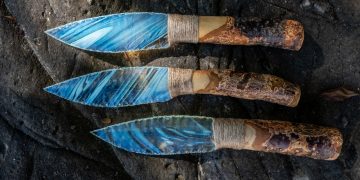
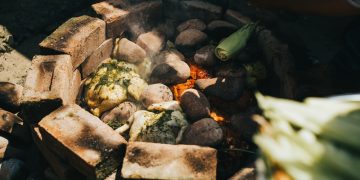

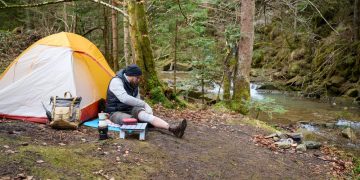

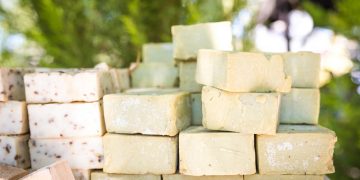






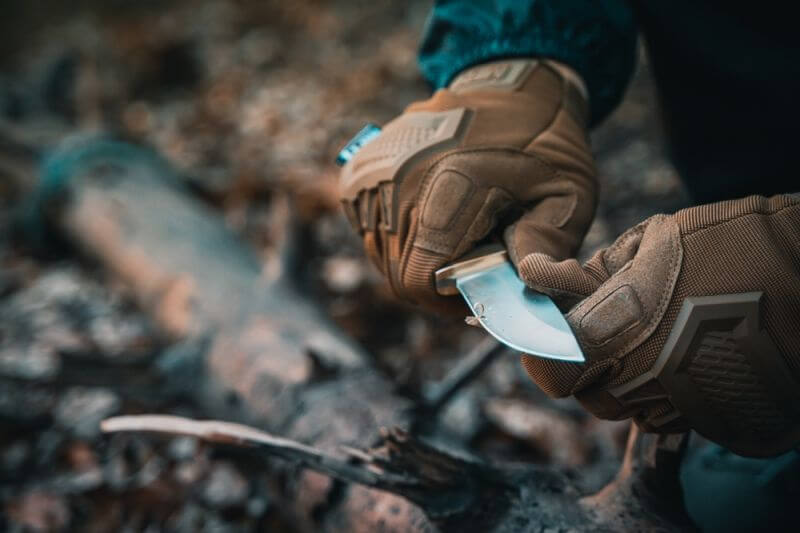
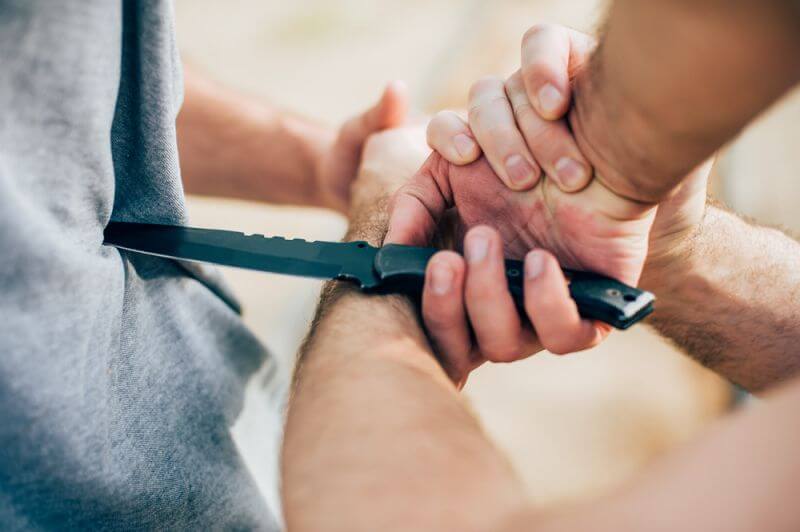
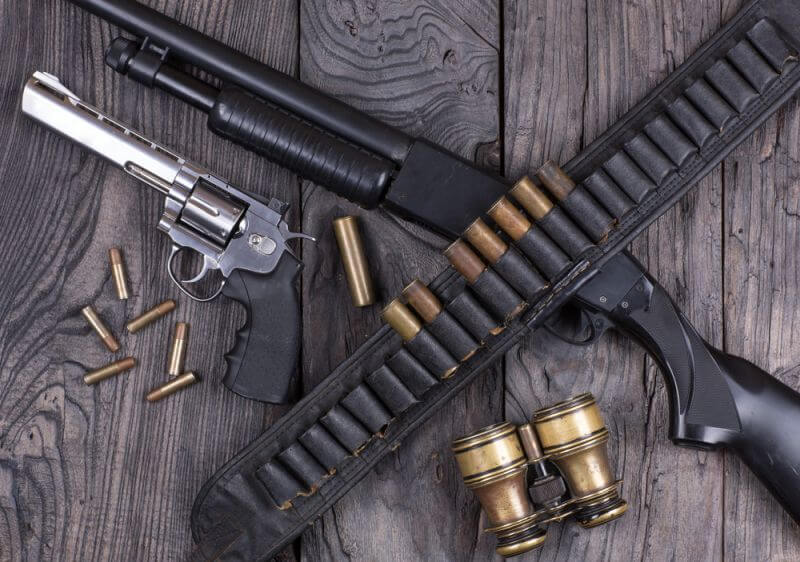
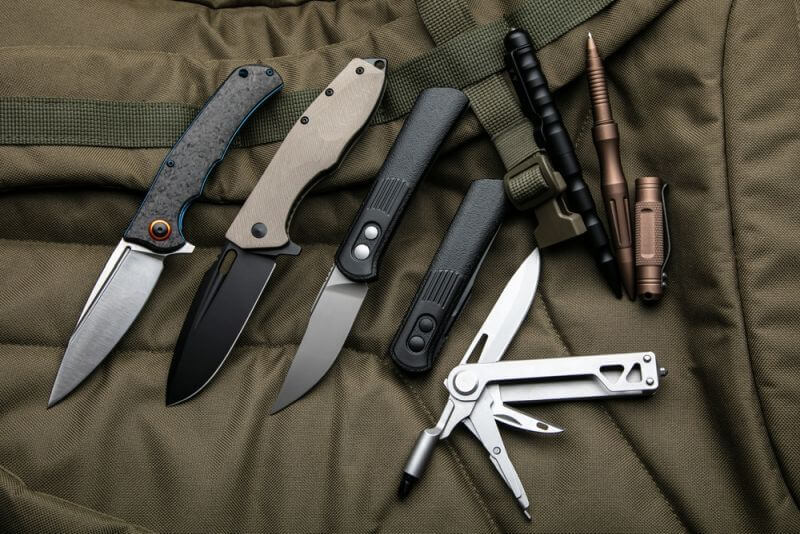
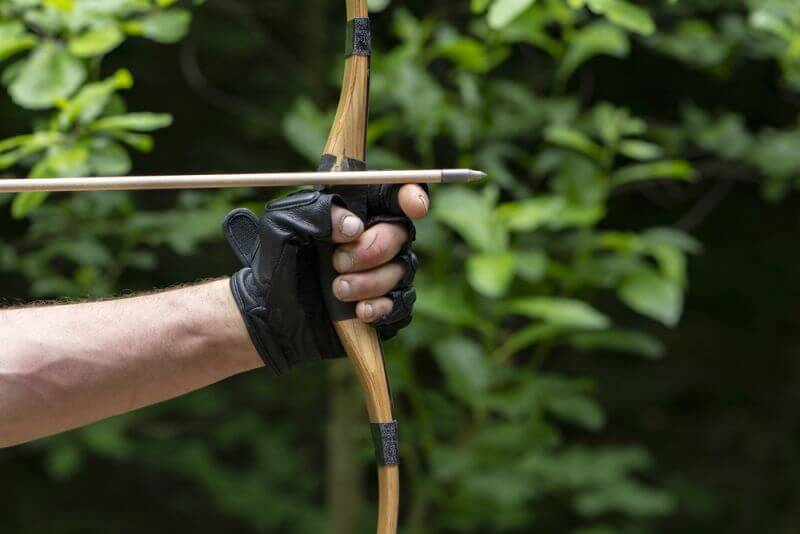
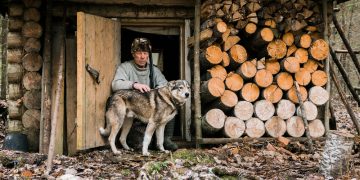


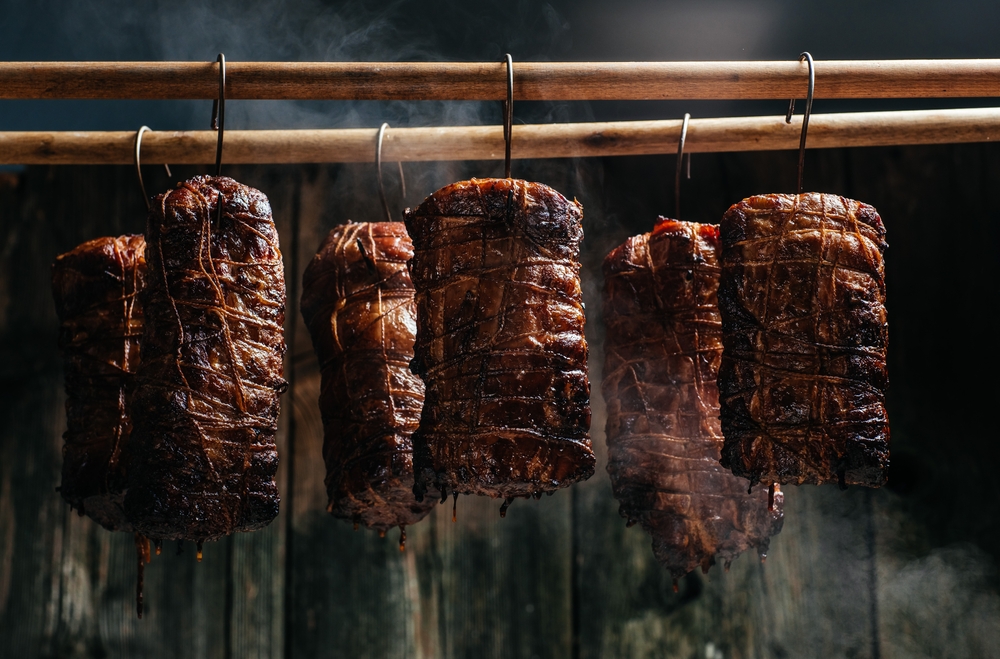

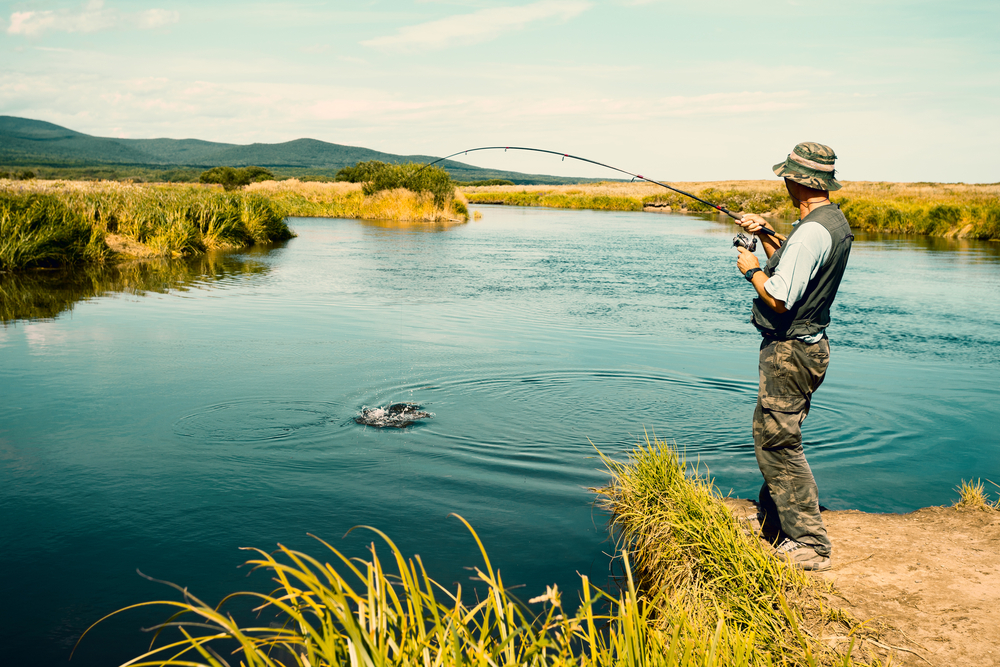


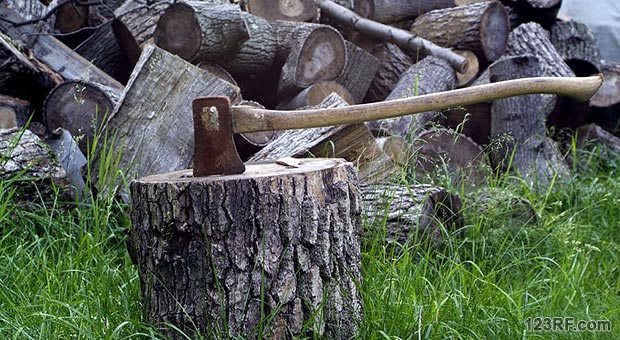

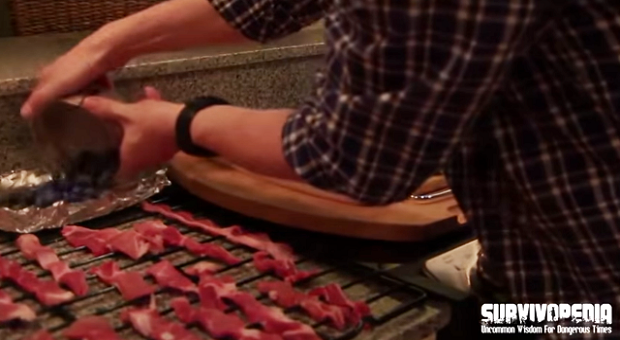




























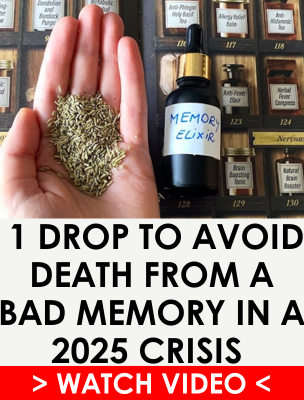



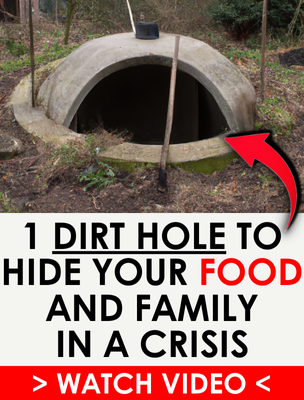
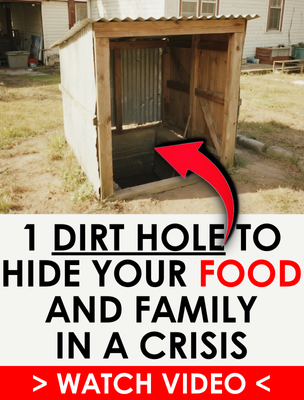














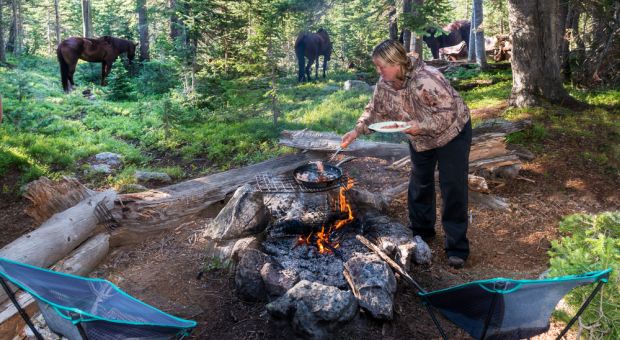
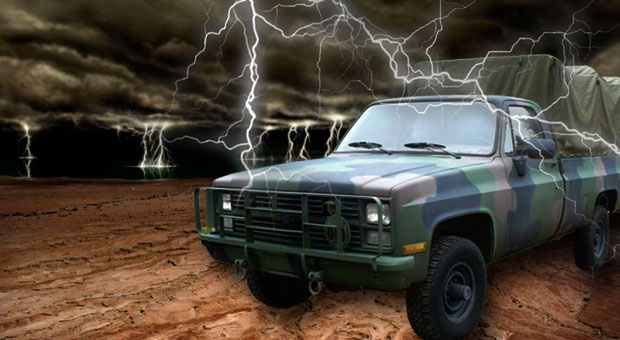
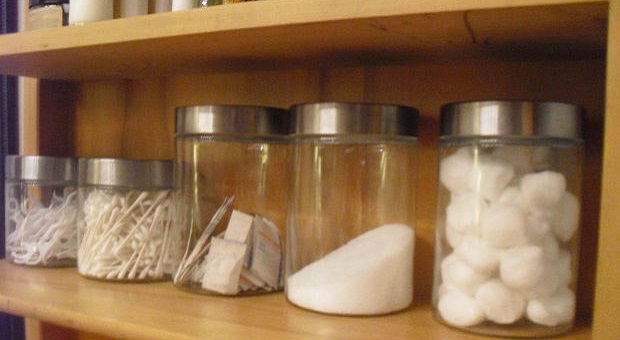


I have abundant solar electricity so I also got an electric chainsaw and electric splitter. A couple of 12v auto batteries and inexpensive inverter run the saw quite a while. Yes, more weight to haul around, but a large-wheeled cart or small tractor can do the job. Less pollution, noise, (and less obvious), and uses renewal energy.
Hard maple is also an excellent firewood and is used heavily in Ontario.
In my area there is a lot of soft deadwood which is easy to harvest and perfect for a rocket mass stove. Burns fast but all the heat is captured.
Forgot to mention: a felling ax has a different shape than a splitting ax, which has a more wedge-shape to split the wood rather than just cutting it.
Buy extra chainsaw blades and try different handle arrangements on them. You can even use them like the old felling saw if you have 2 people.